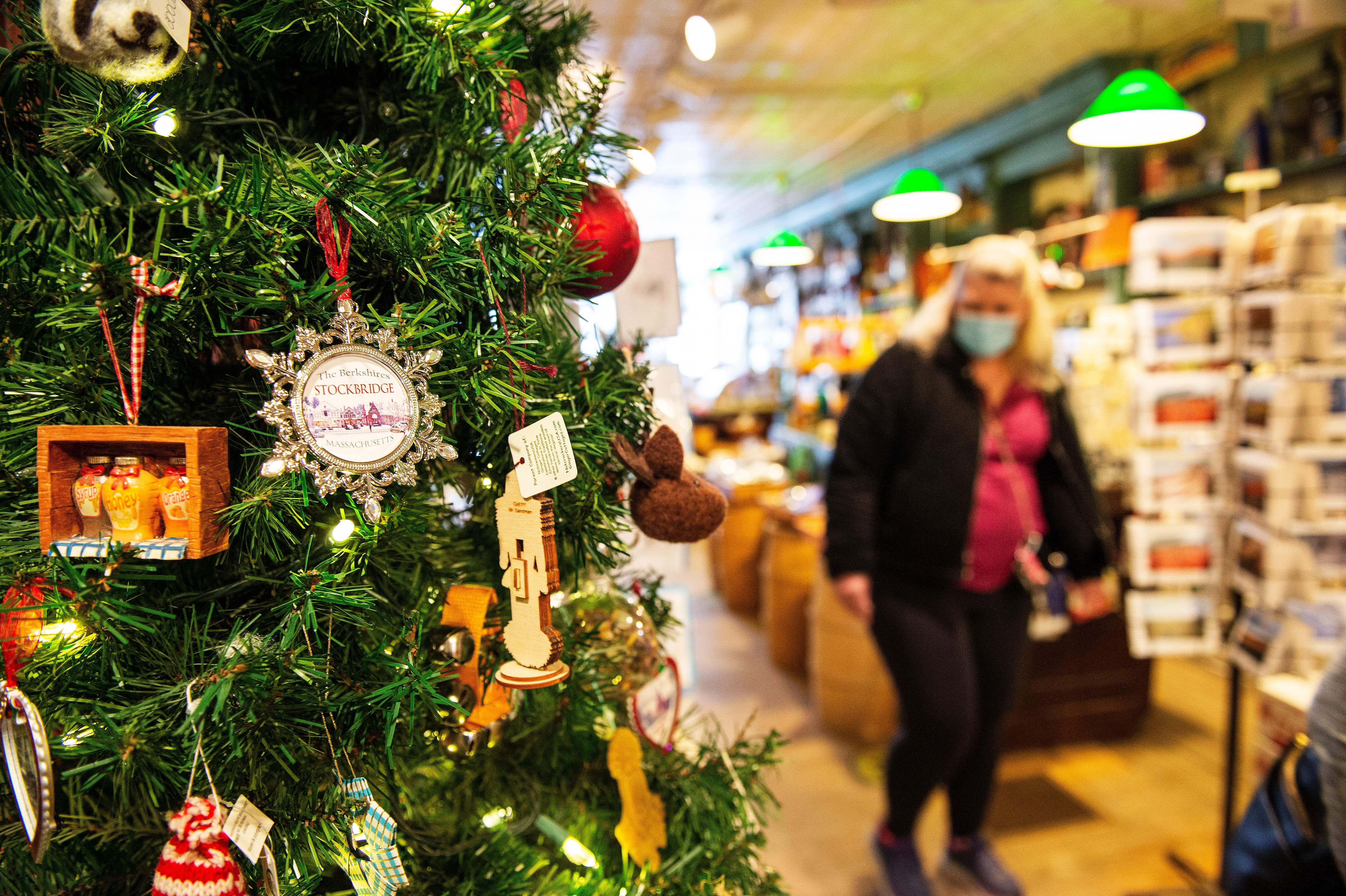All over the world, supply chains have been hit by massive disruption this year, from container shortages to flooding and Covid infections triggering port closures.
The energy crises in mainland China and Europe are the latest to disrupt shipping.
Capital Economics noted that the number of ships waiting outside Chinese ports has increased further in recent weeks, calling it “worrying.” According to the research firm, the 7-day average of the number of ships as of September 30 was 206, compared to an average of 82 ships for 2019, before the pandemic.
Julian Evans-Pritchard, senior Chinese economist at the research firm, said rationing of electricity along the supply chain could interfere with the ability of ports to ship orders.
Plant closures in Vietnam, where many companies have moved manufacturing amid the trade dispute between the United States and China, have also affected production of many products.
Here’s a look at how recent developments have once again hampered shipping and what types of merchandise are affected as the year-end shopping season approaches.
Energy crises in China and Europe
What is happening in both regions is a perfect storm disrupting supply chains globally, according to industry watchers and analysts.
Factories in China and Europe have temporarily closed or at least reduced production due to the energy crisis. The biggest impact will be felt by consumers in the form of higher prices, as inflated energy prices will trickle down to increased manufacturing costs, said Dawn Tiura, president of the Sourcing Industry Group.
What goods are affected:
1. Food
Rising energy prices in Europe will have a “serious cascading effect” on the region’s food supply chains, according to Tiura.
“The big fertilizer factories have been forced to cut back on production due to rising costs, and now farmers can no longer produce enough food,” she explained.
2. Soft drinks, dry ice, packaged foods
The pressure on fertilizers will also lead to a shortage of a “very interesting by-product” – carbon dioxide – which is used in a wide range of consumer products, says Per Hong, senior partner at Kearney consulting firm.
“With the reduction in fertilizer production, we will almost certainly face a global shortage of CO2 which is widely used. CO2 is widely used in the food value chain from the inside of packaged foods to keep them fresher for longer, to dry ice to keep frozen foods cold during delivery, to bubbling carbonated drinks (such as soda and beer), â€he said.
This highlights the vulnerability of global food supply chains, Hong said.
3. Apple iPhones, electronic devices, toys
Several major Apple suppliers have suspended operations at their factories in China, according to Hong. In fact, the entire electronics industry – already reeling from the great chip shortage – is likely to suffer, he said.
“While they are likely to normalize in the longer term, in the short term, these electricity restrictions and production cuts in China that we are seeing are likely to lead to higher export prices, worsening the economy. ‘inflation during the holiday season,’ Hong said, adding that goods such as car toys and textiles are also likely to be affected.
4. Christmas decorations
Businesses warn there will be a huge demand for Christmas decorations.
“People who are hoping to buy a Christmas tree and other decorations this holiday season might do better before Thanksgiving or risk paying through the nose or having nothing at all,†said Chris Butler, CEO of National Tree Company, which said this was due to supply chain disruptions in China.
The other sectors that would feel the biggest and most immediate impact of crises are metals, chemicals and cement, all of which are energy intensive, said Pawan Joshi, executive vice president of the chain software company. ‘E2open supply.
Closures in Vietnam, Southeast Asia
Plant closures and labor shortages in Southeast Asia due to Covid cause “major short-term disruptions, with production in Vietnam, Thailand and Malaysia declining” sharply, “said said Gareth Leather, senior economist for Asia at Capital Economics.
The situation in Vietnam appears to be particularly important, as many companies have moved their manufacturing there from China, amid the trade war between the United States and China.
Companies with high exposure to Vietnam include Nike (43%), Lululemon (33%) and Under Armor (40%), financial services firm BTIG said in a September note.
What goods are affected:
1. Sports shoes and sportswear
Closures in Vietnam have resulted in a loss of production of around 100 to 150 million pairs of athletic shoes, Bank of America estimates released in a note last week.
BTIG noted that shoes are hit harder by closures in Vietnam than sportswear.
Meanwhile, Lululemon CEO Calvin McDonald said on an earnings call last month that Vietnam’s closures and port issues are contributing to supply chain disruptions and increased costs.
2. Cars
Factory closures in Malaysia are hitting auto production, analysts say.
Bank of America said in a recent memo that the bottlenecks will persist for some time even if Malaysia begins to reopen.
Disruptions in the supply of chips from Malaysia are also dragging down auto production in China, according to Capital Economics.
Besides sportswear, other industries that rely heavily on manufacturing in Vietnam include toys, clothes and even coffee, analysts say.
Winter is coming
Commodity shortages and price hikes are likely to worsen as winter approaches, says Jena Santoro of Everstream Analytics.
“As the demand for gas naturally increases during the winter season, shortages are likely to intensify,†Santoro said. “Entering the season with low inventory levels and increased demand also allows the price spike to continue on an upward trajectory. “

